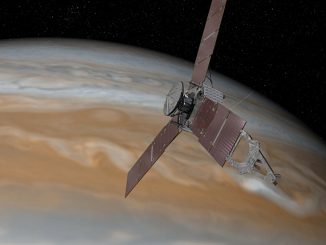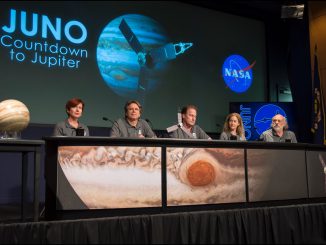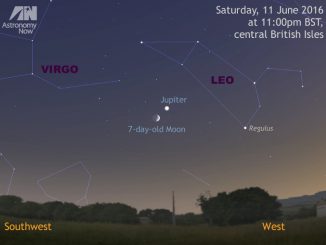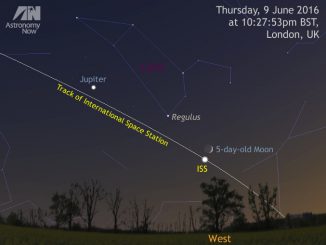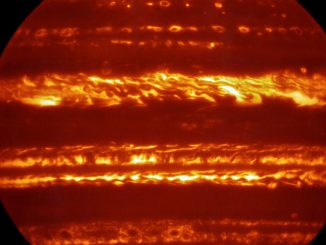
Spectacular VLT images of Jupiter presented before Juno’s arrival
In preparation for the imminent arrival of NASA’s Juno spacecraft, astronomers have used ESO’s Very Large Telescope to obtain spectacular new infrared images of Jupiter as part of a campaign to create high-resolution maps of the giant planet. These observations will help astronomers to better understand the gas giant ahead of Juno’s close encounter next month.


